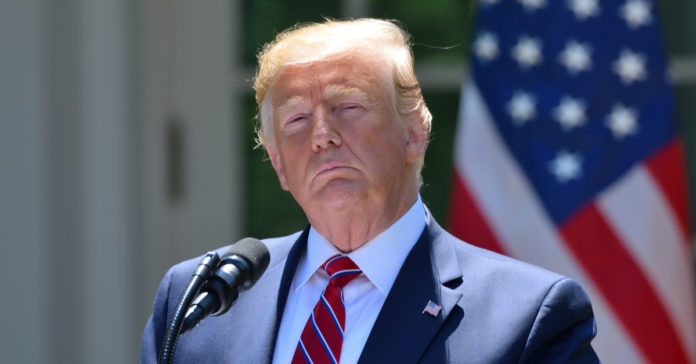
A new study has found that the White American voter base is declining while the Hispanic and Asian voter base is increasing – which could have massive implications for upcoming U.S. elections as well as domestic and foreign policy.
The Pew Research Center found that in all 50 U.S. states the share of White eligible voters declined between 2000 and 2018, with 10 states experiencing double-digit drops in the share of White eligible voters.
During that same period, Hispanic voters have come to make up increasingly larger shares of the electorate in every state. These gains are particularly large in the Southwestern U.S., where states like Nevada, California and Texas have seen rapid growth in the Hispanic share of the electorate over an 18-year period.
These trends are also particularly notable in battleground states – such as Florida and Arizona – that are likely to be crucial in deciding the 2020 election.
In Florida, two-in-ten eligible voters in 2018 were Hispanic, nearly double the share in 2000. And in the emerging battleground state of Arizona, Hispanic adults made up about one-quarter (24%) of all eligible voters in 2018, up 8 percentage points since 2000.
The non-White voting population has played a large role in driving growth in the nation’s electorate. From 2000 to 2018, the nation’s eligible voter population grew from 193.4 million to 233.7 million – an increase of 40.3 million. Voters who are Hispanic, Black, Asian or another race or ethnicity accounted for more than three-quarters (76%) of this growth.
Hispanic eligible voters are notably the largest contributors to the electorate’s rise. They alone accounted for 39% of the overall increase of the nation’s eligible voting population. Hispanic voters made up 13% of the country’s overall electorate in 2018 – nearly doubling from 7% in 2000.
Subscribe to our newsletter and stay updated on the latest news and updates from around the Muslim world!
The group’s sustained growth over the past two decades will make Hispanics the projected largest minority group among U.S. eligible voters in 2020 for the first time in a presidential election.
Asian eligible voters, many of whom will be Muslim, also saw a significant rise in their numbers, increasing from 4.6 million in 2000 to 10.3 million in 2018. And similar to Hispanics, their nearly two-decade growth has been relatively consistent. The population’s share in the electorate grew at similar rates from 2000 to 2010 and from 2010 to 2018.
In 2018, Asian eligible voters made up 4% of the nation’s electorate (up from 2% in 2000), the smallest share out of all major racial and ethnic groups. Naturalised immigrants – a group that makes up two-thirds of the Asian American electorate – are the main driver of the Asian electorate’s growth.
From 2000 to 2018, the number of naturalized Asian immigrant voters more than doubled – from 3.3 million to 6.9 million – and their growth alone accounted for 64% of the overall growth in the Asian electorate.
White decline
That said, White adults still make up the majority of the electorate (67%) and are historically more likely to be registered to vote and to turn out to vote than other racial and ethnic groups.
They are also marginally more likely to vote for the Republican Party, while non-Whites are more likely to vote Democrat.
Nevertheless, the white share of the U.S. population has been consistently dropping, from a little under 90% in 1950 to 60% in 2018. It will likely drop below 50% in another 25 years.
White women have an average of 1.7 children over their lifetimes, while Latina women average 2.2. The total fertility rates of blacks, Asians and American Indians are in between.
There are also big differences in age structure. Sixty-two percent of Latinas 15 years of age or older are of childbearing age. Only 42% of white women fall into this group. Latinos also have lower mortality rates than whites.
Of the more than 43 million foreign-born people living in the U.S. in 2015, 82% originated in Latin America and Asia. Only 11% were born in Europe.
So it is predicted that the ageing White population, alongside a more youthful minority population, especially in the case of Latinos, will result in the U.S. becoming a majority-minority country in around 2044.
The demographic shift in the U.S. has resulted in many whites proclaiming that they are losing their country, and that they already are or will soon become a minority group.



















